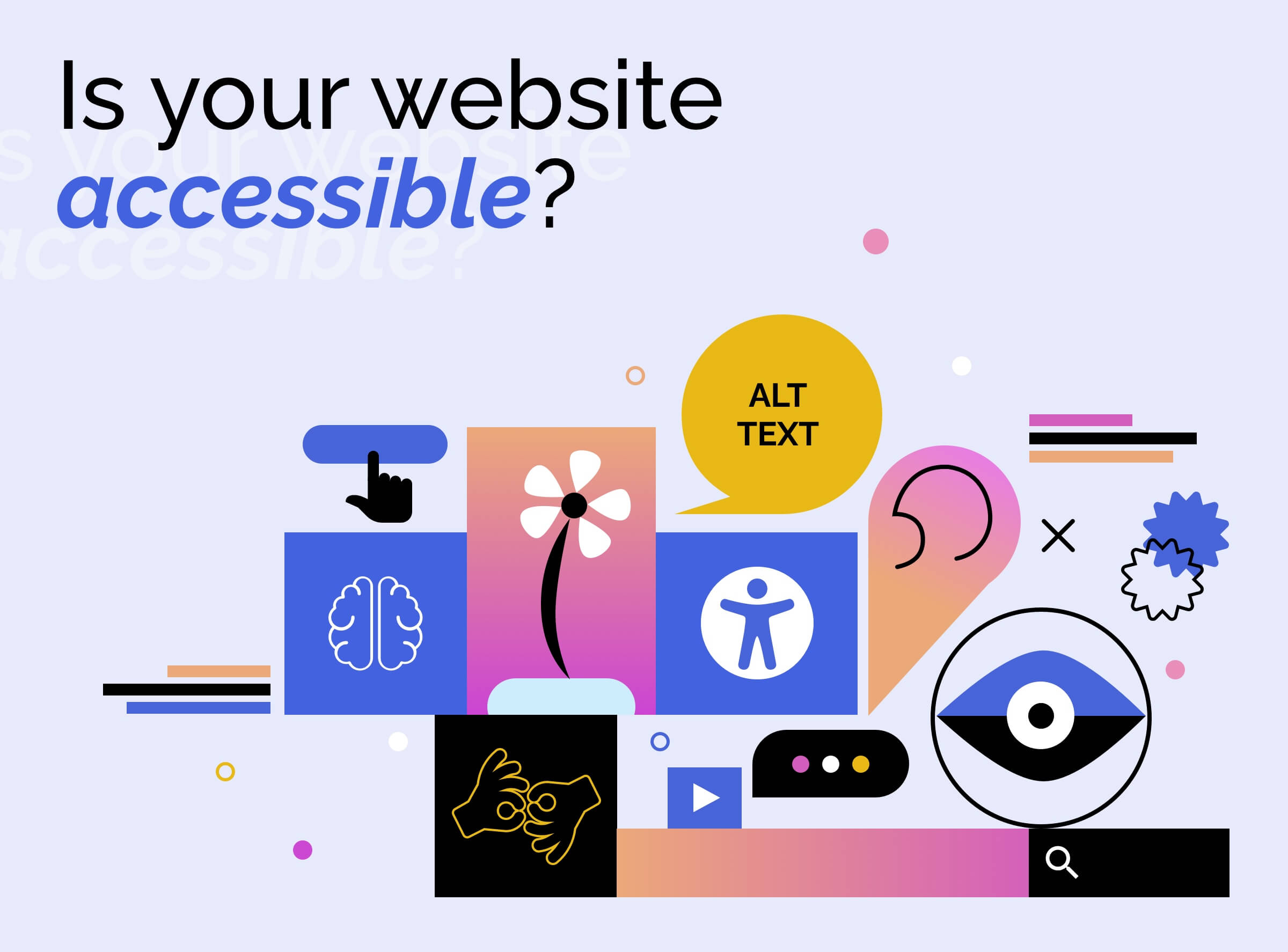Shop At Haya: Your Ultimate Shopping Guide
Discover the best shopping tips, trends, and deals for a smarter buying experience.
Web Accessibility: Why Ignoring It Would Be a Web Disaster
Don't let your website become a disaster! Discover why web accessibility is crucial for success and inclusion. Click to learn more!
Understanding Web Accessibility: Key Principles and Best Practices
Web accessibility is the practice of designing and developing websites that can be accessed and used by everyone, including individuals with disabilities. Understanding the key principles of web accessibility is essential for creating inclusive digital experiences. The most widely recognized framework for web accessibility is the Web Content Accessibility Guidelines (WCAG), which outlines four principles: Perceivable, Operable, Understandable, and Robust. These principles ensure that websites are not only easy to navigate but also provide content that is available and understandable to all users, including those who rely on assistive technologies.
To implement these principles effectively, consider adopting best practices such as using semantic HTML to enhance content structure and improve navigation. Utilize alternative text for images, ensuring that screen readers can convey the context of visual elements to users with visual impairments. Additionally, ensure that your site is navigable via keyboard shortcuts, providing an accessible experience for individuals unable to use a mouse. Regularly evaluating your website against accessibility standards and involving users with disabilities in testing can also help pinpoint areas for improvement, ultimately fostering an inclusive online environment.

The Risks of Neglecting Web Accessibility: Real-World Consequences
Neglecting web accessibility can have significant real-world consequences that extend beyond just legal ramifications. For instance, when websites are not designed to be accessible, they effectively exclude a portion of the population, including individuals with disabilities. This not only limits their ability to access critical information and services but also impacts businesses that miss out on potential customers. In fact, studies have shown that companies that prioritize accessibility can tap into a lucrative market, as approximately one in five people live with some form of disability. By failing to make websites inclusive, organizations risk alienating this substantial demographic, ultimately hurting their bottom line.
Moreover, ignoring web accessibility can lead to negative public perception and damage a brand's reputation. Customers today are increasingly aware of social responsibility, and a lack of accessible features can be perceived as a disregard for inclusivity and empathy. This can result in public backlash, negative reviews, and even loss of business. For instance, a website that is difficult to navigate for individuals with visual impairments may prompt complaints and might even lead potential clients to choose competitors that prioritize user-friendly access. Protecting your brand's reputation and ensuring that everyone can interact with your digital content should be a leading concern.
How to Evaluate Your Website's Accessibility: Tools and Techniques
Evaluating your website's accessibility is crucial for ensuring that all users, including those with disabilities, can navigate and interact with your content effectively. Start by utilizing automated tools like WAVE and Axe, which analyze your website for accessibility errors and provide a comprehensive report. It’s also beneficial to conduct a manual review, focusing on key elements such as keyboard navigation, alt text for images, and ensuring adequate color contrast. By employing both automated and manual techniques, you can gain a holistic view of your site’s accessibility status.
In addition to the tools mentioned, consider performing user testing with individuals who have disabilities. This qualitative approach can uncover real-world challenges that automated tools might miss. Make sure to prioritize the Web Content Accessibility Guidelines (WCAG) standards, which offer a framework for crafting accessible content. Remember to document your findings and create an action plan to address identified issues, ensuring ongoing improvements to your website's accessibility.